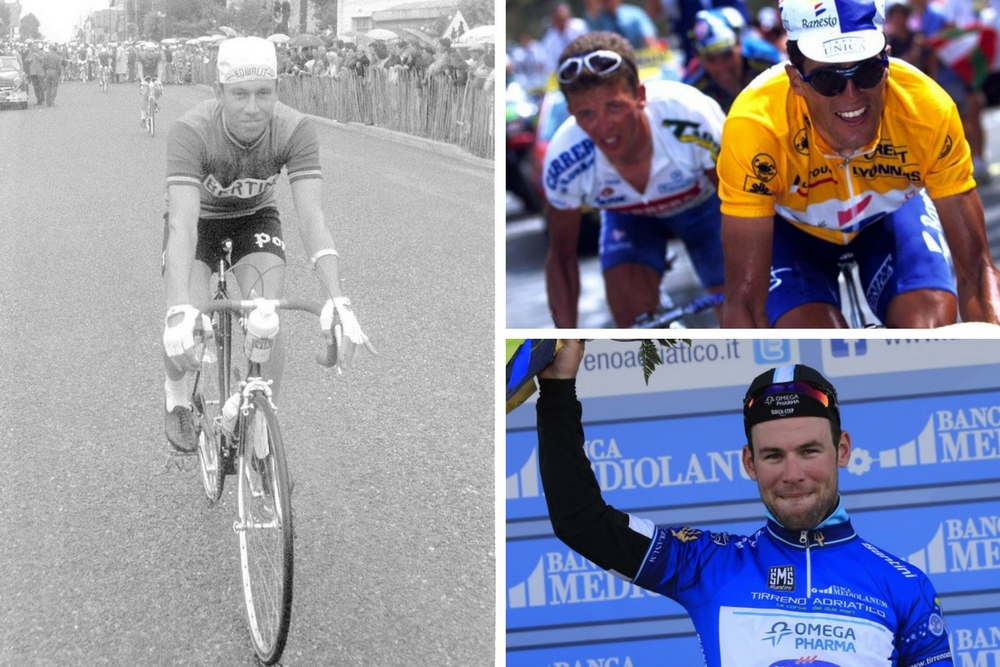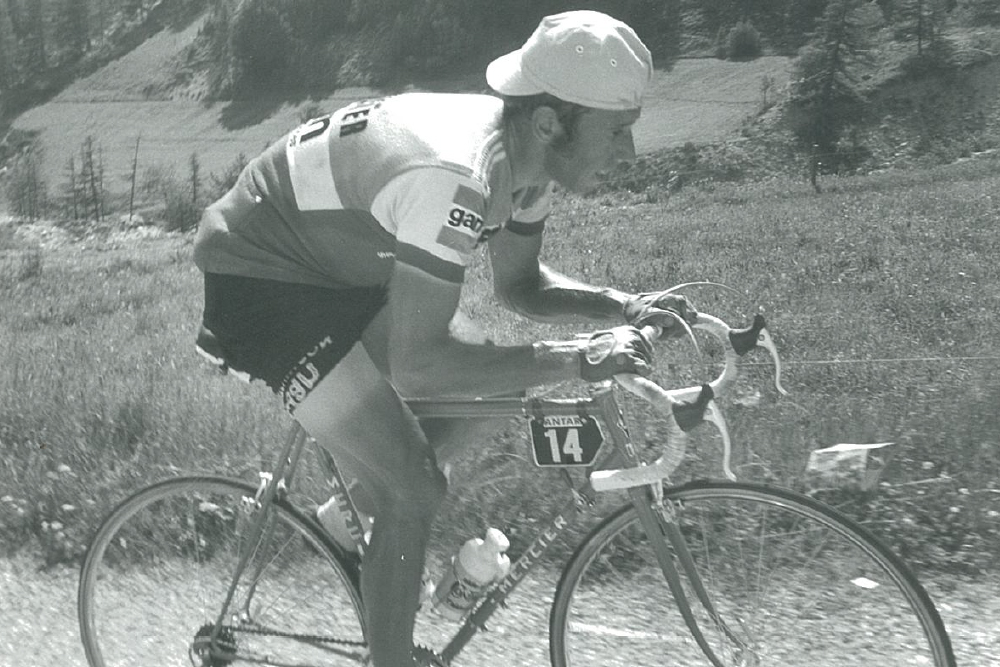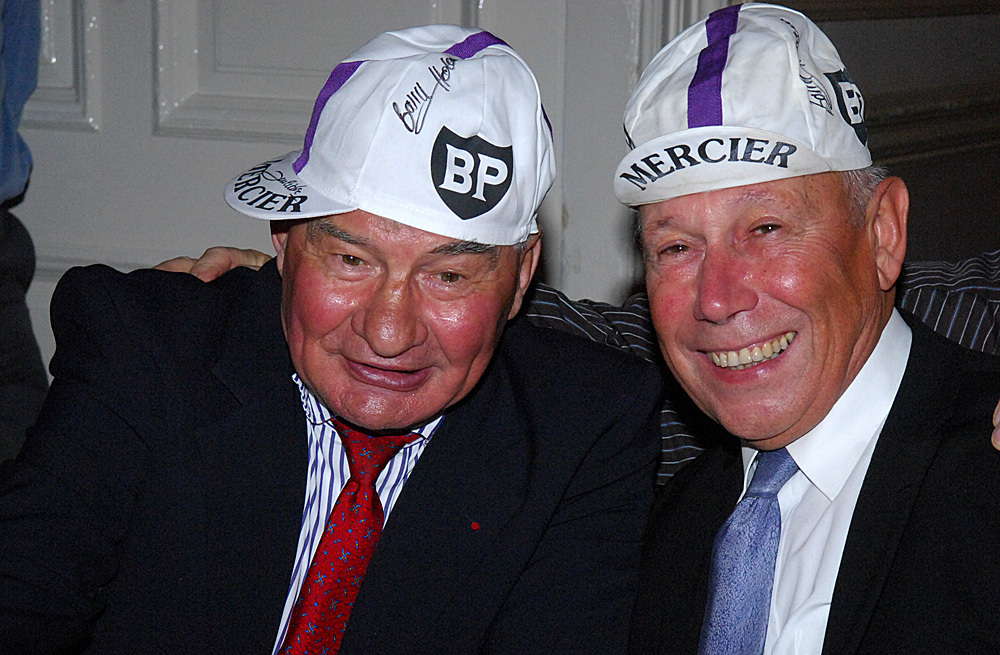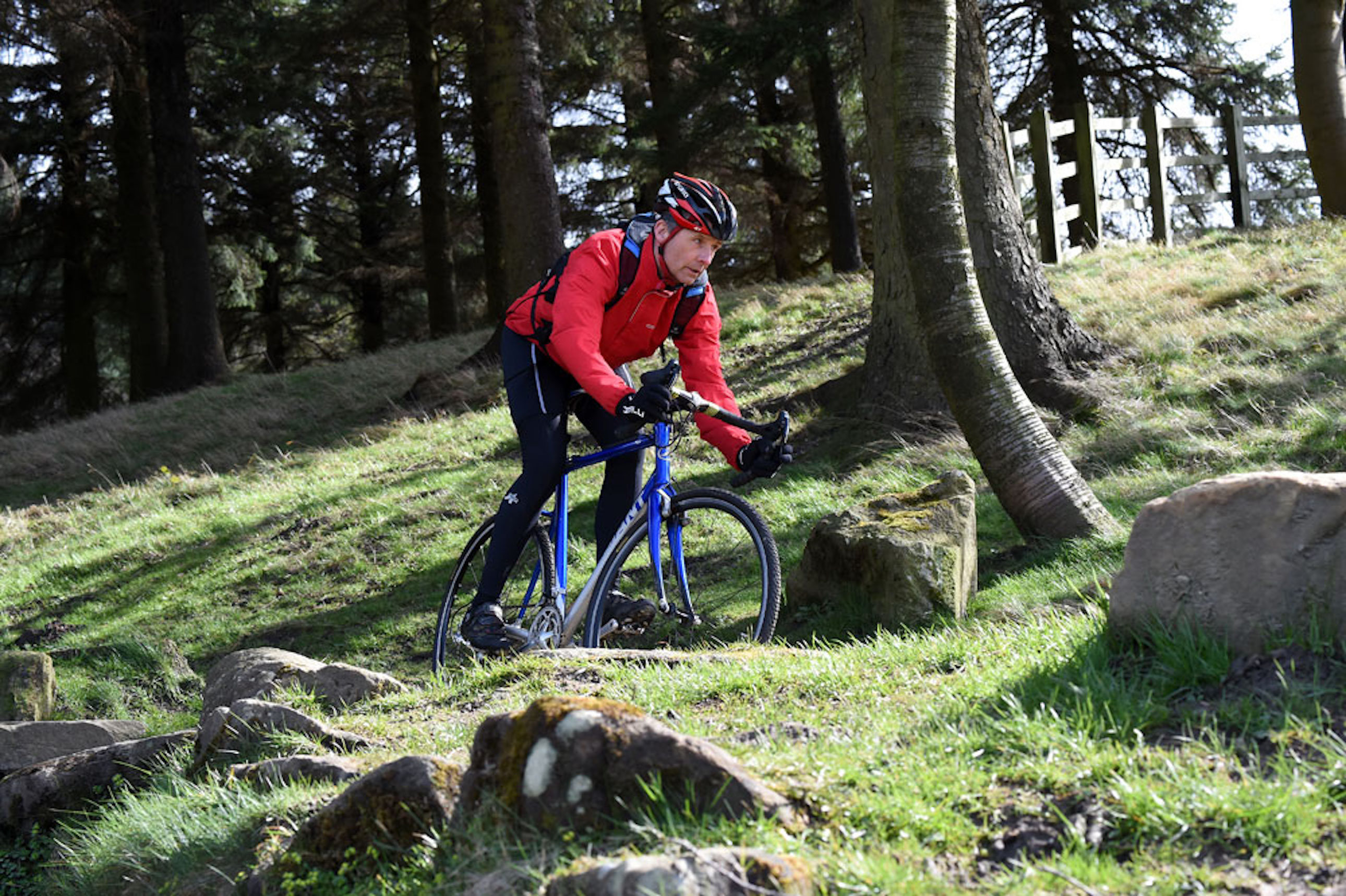How to wear a cycling cap
We look at how to wear a cycling cap: an accessory that was made for practicality but now serves more as a fashion statement


La Casquette, the humble cycling cap, a simple invention designed to serve a practical purpose. For years cycling caps provided a bit of cool in the summer, and a degree of warmth in winter.
Their peaks protected a rider’s eyes from the sun and rain, and turned around they protected vulnerable necks against sun-burn.
>>> Icons of cycling: The casquette
Casquettes still serve today, when most cyclists wear helmets. They can provide an extra layer of warmth, and turned to the front their peaks help in wet weather, but more than anything the cycling cap is a fashion item now, a badge saying I am a cyclist, part of the pedalling bother and sisterhood.
The big question is, how should they be worn as such?
>>> Barry Hoban recounts his fight to place third in the 1972 Paris-Roubaix
In the old days it was simple. Barry Hoban was a pro in the 1960s and ‘70s when caps were a practical piece of kit.
The latest race content, interviews, features, reviews and expert buying guides, direct to your inbox!
“Most of us wore them back to front with the peak down. They were more aerodynamic that way. You wore them the other way, again with the peak down, to keep the sun out of your eyes, or the rain sometimes," says Hoban.

"Rarely, and my teammate Raymond Poulidor was the worst offender, riders raced with the peak turned up. In my opinion that made them look like jockeys."
We think, and you may have your own views on this, that ‘studied indifference’ is the watchword when wearing a cycling cap as a fashion item today.
>>> Watch: John Degenkolb and friends show us how to wear a cycling cap
In practical terms that means when standing upright and looking straight ahead, the base of the cap should be angled ever so slightly lower down at the back back, so that when the peak is down you can see it but still see ahead, just.

The cap should be place firmly on the head, but with a gap between its top and your scalp. This needs practice. Too much of a gap and the cap starts looking like a chef’s hat.
It’s the same with the peak, pulled down too far over the eyes and looks too military. You will also tend to bump into things.
>>> Miguel Indurain defends Bradley Wiggins over TUE controversy
Look at pictures of Miguel Indurain, one of the best cap wearers ever. Or almost any Italian pro from the 1960s to the 1980s. Let them be your style guides.

The big ‘no no’ is a cap angled too far back on the head, with the peak turned up. It’s just not cool, not pro.
It’s too jaunty, á la Norman Wisdom (look him up, he was big in British entertainment during the 1950s and ‘60s), and jaunty is the antithesis of cool.
Of course this has all been written in fun, it’s your cap so wear it how you like. The big thing is, it says you are part of the ‘hood’, a cyclist through and through. Compared to that style does not matter at all.

Chris has written thousands of articles for magazines, newspapers and websites throughout the world. He’s written 25 books about all aspects of cycling in multiple editions and translations into at least 25
different languages. He’s currently building his own publishing business with Cycling Legends Books, Cycling Legends Events, cyclinglegends.co.uk, and the Cycling Legends Podcast